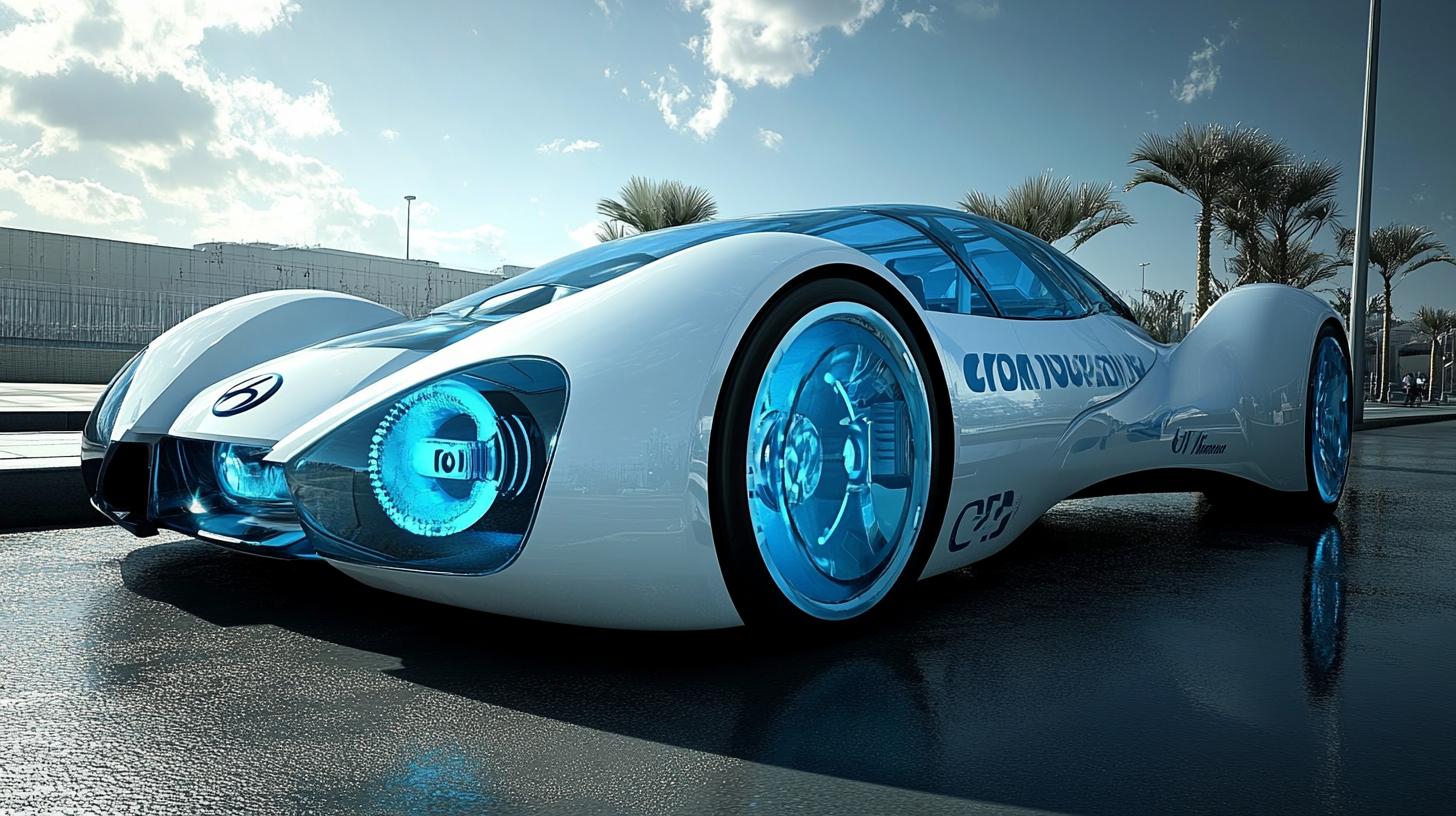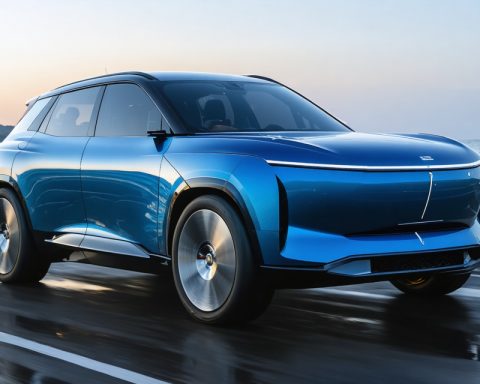In the quest for greener pastures in energy use, hydrogen has re-emerged as a promising contender in the fight against pollution-heavy transportation methods. However, a recent revelation about a seemingly minor defect in Hyundai’s hydrogen-fueled SUV, the Nexo, has cast a shadow over its perceived safety.
Hydrogen Fuel Cells: A Double-Edged Sword?
Hydrogen fuel-cell vehicles, like the Hyundai Nexo, rely on storing liquid hydrogen in pressurized tanks. These tanks include a critical safety feature: the Thermally-activated Pressure Relief Device (TPRD). Its purpose is to vent excess hydrogen if temperatures rise too high, thus preventing dangerous pressure build-ups. But what happens when the safety fails to keep safety?
Detailed reports suggest that the TPRD in some Nexos is prone to developing tiny, yet dangerous, cracks. This can lead to premature fracturing of the glass component, releasing hydrogen unexpectedly. Like a brief fog rolling in, a white cloud of hydrogen gas can emerge from behind the vehicle, accompanied by an ominous hissing noise. The dashboard would simultaneously warn the driver through a rapid drop in fuel levels and a warning light.
The Recall and Future Precautions
To address this combustible issue, Hyundai has issued a recall for 1,545 Nexos to replace the now-questionable glass component with a more reliable metal alternative. Vehicles manufactured after May 21, 2024, already incorporate this upgraded feature, making them exempt from the recall.
Hyundai reassures owners of affected vehicles that they remain safe to drive, albeit with precautions. Parking away from buildings or structures is advisable until the fix is applied. Notifications with detailed instructions are set for mailing on December 10. Vehicle owners can also check for any current recalls directly through the NHTSA website.
Is Hydrogen the Future or a Fad? The Untold Stories of Hydrogen Fuel Adoption
As the world seeks alternatives to traditional fossil fuels, hydrogen has emerged as one of the front-runners in the race toward clean energy. However, the path to a hydrogen-based future is far from straightforward, revealing complex challenges and unexpected consequences.
The Complexities of Hydrogen Production
While hydrogen fuel-cell technology promises zero emissions at the point of use, the process of producing hydrogen can be less environmentally friendly. Most hydrogen today is derived from methane in a process called steam methane reforming, which emits carbon dioxide, a greenhouse gas. Alternatively, hydrogen can be produced via electrolysis, which splits water into hydrogen and oxygen, but this method is energy-intensive. For hydrogen to be truly green, it must be generated using renewable energy sources, an infrastructure that is still in its nascent stages.
Impact on Communities and Economies
Adopting hydrogen as a primary energy carrier can have transformative effects on both local communities and global economies. Countries rich in renewable energy resources, like wind and solar power, could become major exporters of green hydrogen, reshaping energy geopolitics. Regions that invest in hydrogen infrastructure could see economic benefits, including job creation and energy security.
However, the transition to hydrogen faces significant hurdles. The infrastructure for distribution and refueling is underdeveloped compared to electric and traditional fuel networks. This requires significant investment and collaboration between governments and private sectors. Communities in areas where hydrogen infrastructure is being developed may face disruptions and must adapt to new industries.
Safety Concerns: Perception vs. Reality
The recent defect in the Hyundai Nexo highlights ongoing safety concerns with hydrogen vehicles. Yet, hydrogen fuel cells are generally safe and have undergone rigorous testing. Safety protocols must evolve alongside technology to ensure consumer confidence. How do these incidents affect people’s perceptions, and are they a deal-breaker for hydrogen’s future?
Is Hydrogen a Fad or the Future?
Is hydrogen a renewable energy game-changer, or merely a flash in the pan? The answer lies in continuous research, development, and policy-making. Questions persist: Will hydrogen fuel cells overtake battery electric vehicles, or will they coexist? Can hydrogen production become sustainable on a large scale?
For more information on the sustainability of hydrogen and current energy technologies, visit Department of Energy and International Energy Agency.
As we navigate the complexities of transitioning to cleaner energy sources, hydrogen remains both a promising opportunity and a challenge to overcome. The journey to a sustainable future is intricate, requiring innovation, cooperation, and determination.













